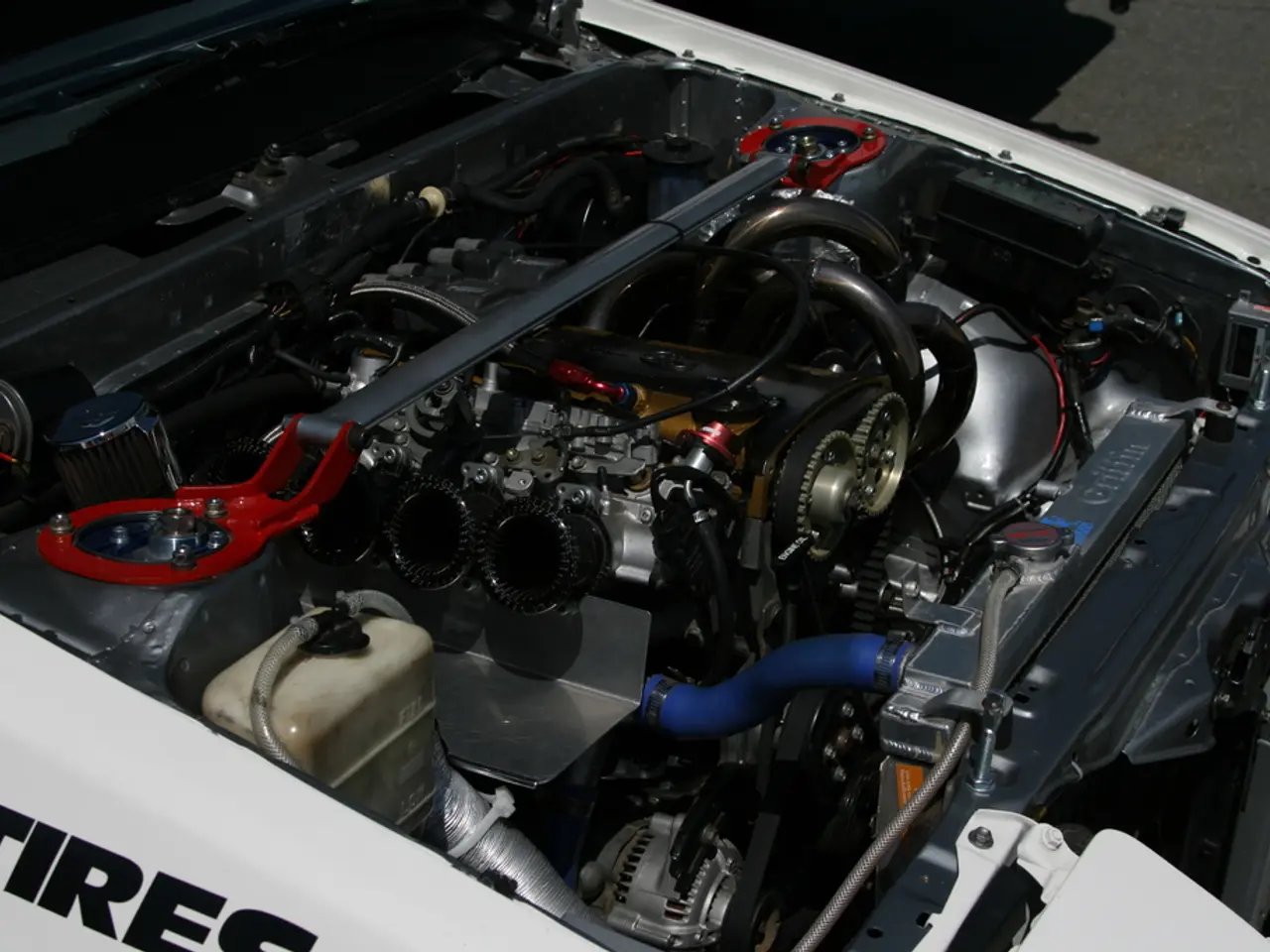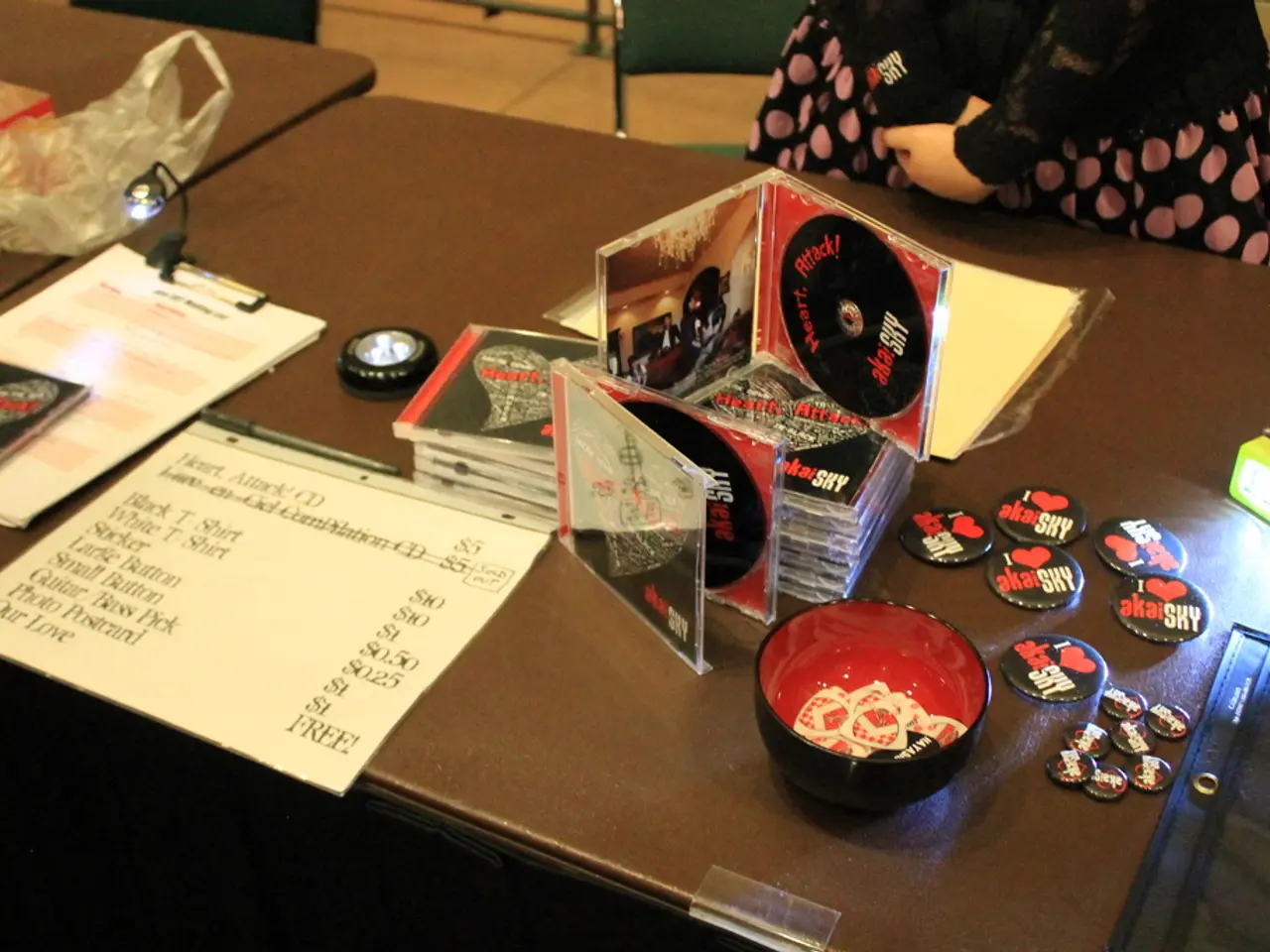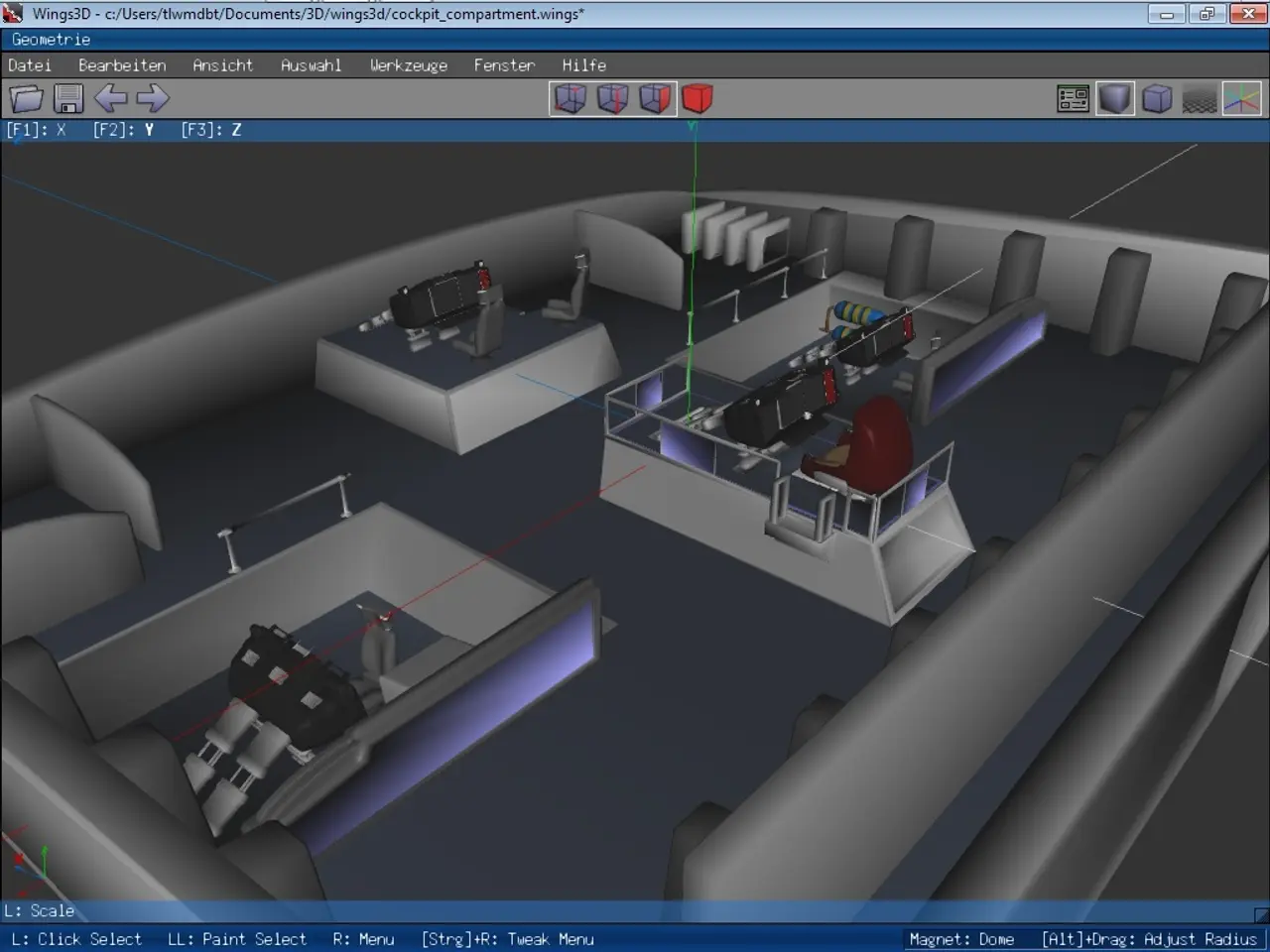CHEAPER ELECTRIC VEHICLES THROUGH CATL'S "SALT BATTERY": POSSIBLE CHEMISTRY CONTROVERSY
In a significant move towards a more cost-effective and sustainable electric vehicle (EV) future, Chinese battery giant CATL is planning mass production of sodium-ion batteries for mainstream EVs this year. This development comes as Korean battery maker LG Energy Solution aims to commercialize sodium-ion batteries for uninterruptible power supplies and EVs by 2030, making it the only Korean company with such ambitions.
CATL's foray into sodium-ion batteries is highlighted by the upcoming launch of their "Naxtra" battery for passenger vehicles, scheduled for December. The Naxtra battery boasts an energy density of 175 watt-hours per kilogram and a range of 500 kilometers on a single charge, offering a greater cost advantage over CATL's current lithium iron phosphate offerings. Moreover, the Naxtra battery is reported to perform exceptionally well in cold weather, surpassing existing lithium-ion technologies.
However, the shift from lithium-ion batteries to sodium-ion batteries is not without challenges. Among battery manufacturers, there is skepticism about sodium-ion batteries replacing lithium-ion cells due to their inherently lower energy density. Sodium-ion batteries typically deliver 140–160 Wh/kg, lower than lithium-ion’s 150–260 Wh/kg. This can lead to shorter driving ranges for EVs.
Despite this, CATL's sodium-ion batteries offer key advantages. They are cost-effective due to the abundance and lower cost of sodium compared to lithium. They also charge more quickly than lithium-ion variants and offer better safety and storage, as they can be discharged to zero volts for safe storage and transport. Existing lithium-ion production lines can be adapted to produce sodium-ion batteries, facilitating scale-up.
However, sodium-ion batteries also have disadvantages. They have a slightly shorter cycle life, about 5,000 cycles compared to certain lithium-ion batteries that can reach up to 10,000 cycles. Material and performance variability can also be an issue, as sodium-ion cathode materials may include copper, adding some cost, and performance can vary depending on cathode composition.
Several Chinese automakers, including Chery Auto (partnered with CATL), JAC Motors, and BYD, are adopting sodium-ion batteries in EVs targeted at budget-conscious consumers and are investing in dedicated sodium-ion battery production capacity. This shift towards sodium-ion batteries could potentially make EVs more affordable for a wider audience.
Meanwhile, Korean battery manufacturers such as Samsung SDI and SK On are still exploring potential development paths for sodium-ion batteries. The global sodium-ion battery market is projected to grow from $18.2 billion in 2025 to $203.2 billion by 2032, reflecting more than tenfold growth over the period.
In the race to make EVs more affordable and sustainable, the battle between lithium-ion and sodium-ion batteries is heating up. While sodium-ion batteries have their challenges, their potential cost savings and environmental benefits make them an attractive alternative for the EV industry.
References
- Electrive
- Electrive
- Joule Chemistry
- Joule Chemistry
The shift towards sodium-ion batteries, as demonstrated by CATL's upcoming Naxtra battery, offers a cost-effective solution for the finance sector in the electric vehicle (EV) industry, with the potential to make EVs more affordable for a wider audience. Moreover, the global technology market for sodium-ion batteries is projected to grow significantly, reflecting the industry's interest in this alternative battery type.




